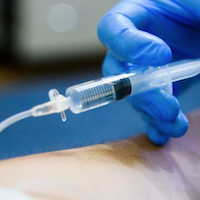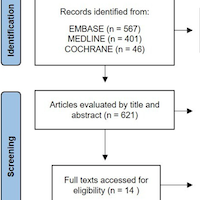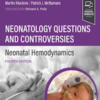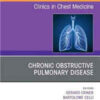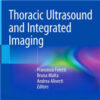A Systematic Review of Indoor Air Sampling for COVID-19 Detection
ncbi.nlm.nih.gov
In a post-pandemic scenario, indoor air monitoring may be required seeking to safeguard public health, and therefore well-defined methods, protocols, and equipment play an important role. Considering the COVID-19 pandemic, this manuscript presents a literature review on indoor air sampling methods to detect viruses, especially SARS-CoV-2.
The review was conducted using the following online databases: Web of Science, Science Direct, and PubMed, and the Boolean operators “AND” and “OR” to combine the following keywords: air sampler, coronavirus, COVID-19, indoor, and SARS-CoV-2.
This review included 25 published papers reporting sampling and detection methods for SARS-CoV-2 in indoor environments.
Most of the papers focused on sampling and analysis of viruses in aerosols present in contaminated areas and potential transmission to adjacent areas.
Negative results were found in 10 studies, while 15 papers showed positive results in at least one sample.
Overall, papers report several sampling devices and methods for SARS-CoV-2 detection, using different approaches for distance, height from the floor, flow rates, and sampled air volumes.
Regarding the efficacy of each mechanism as measured by the percentage of investigations with positive samples, the literature review indicates that solid impactors are more effective than liquid impactors, or filters, and the combination of various methods may be recommended.


